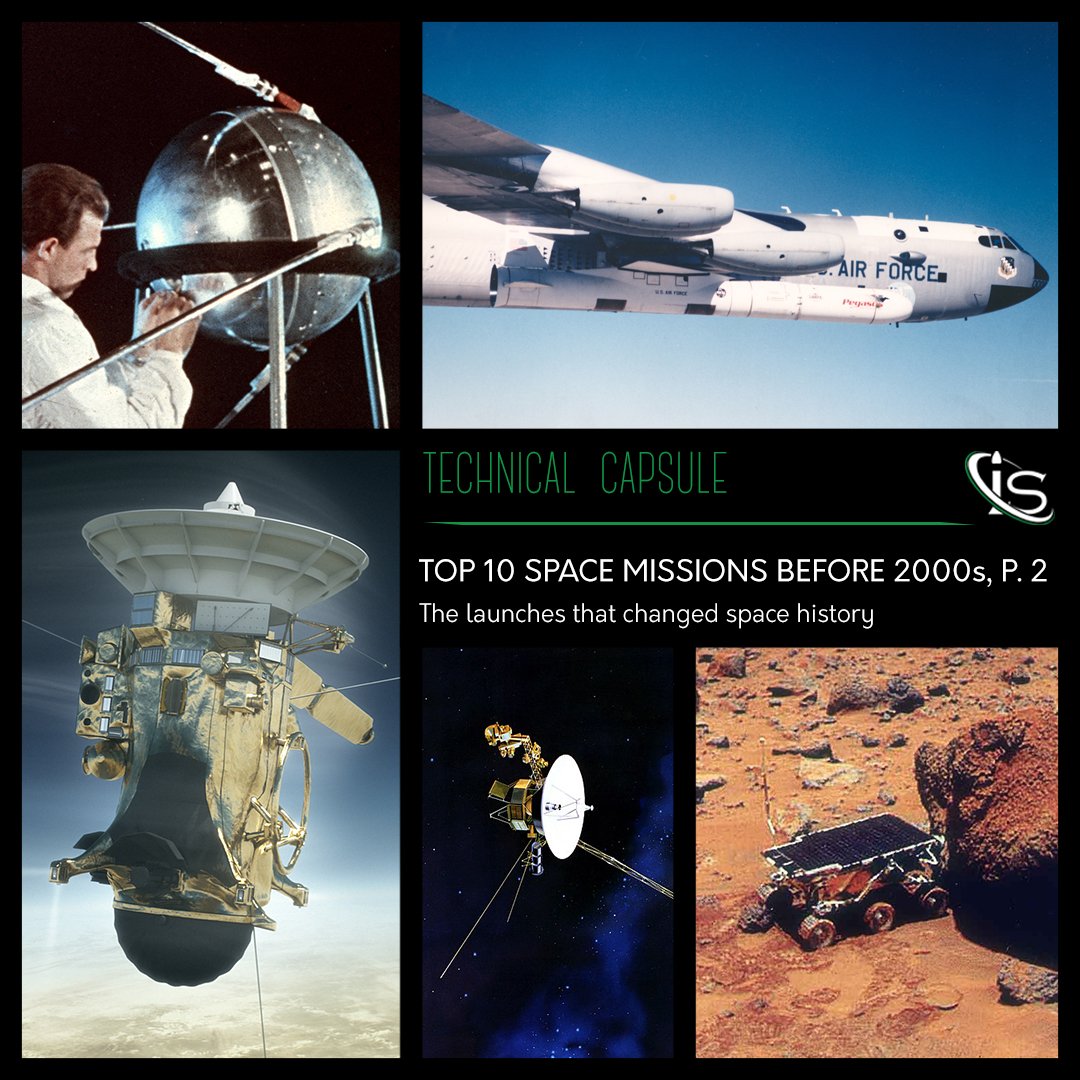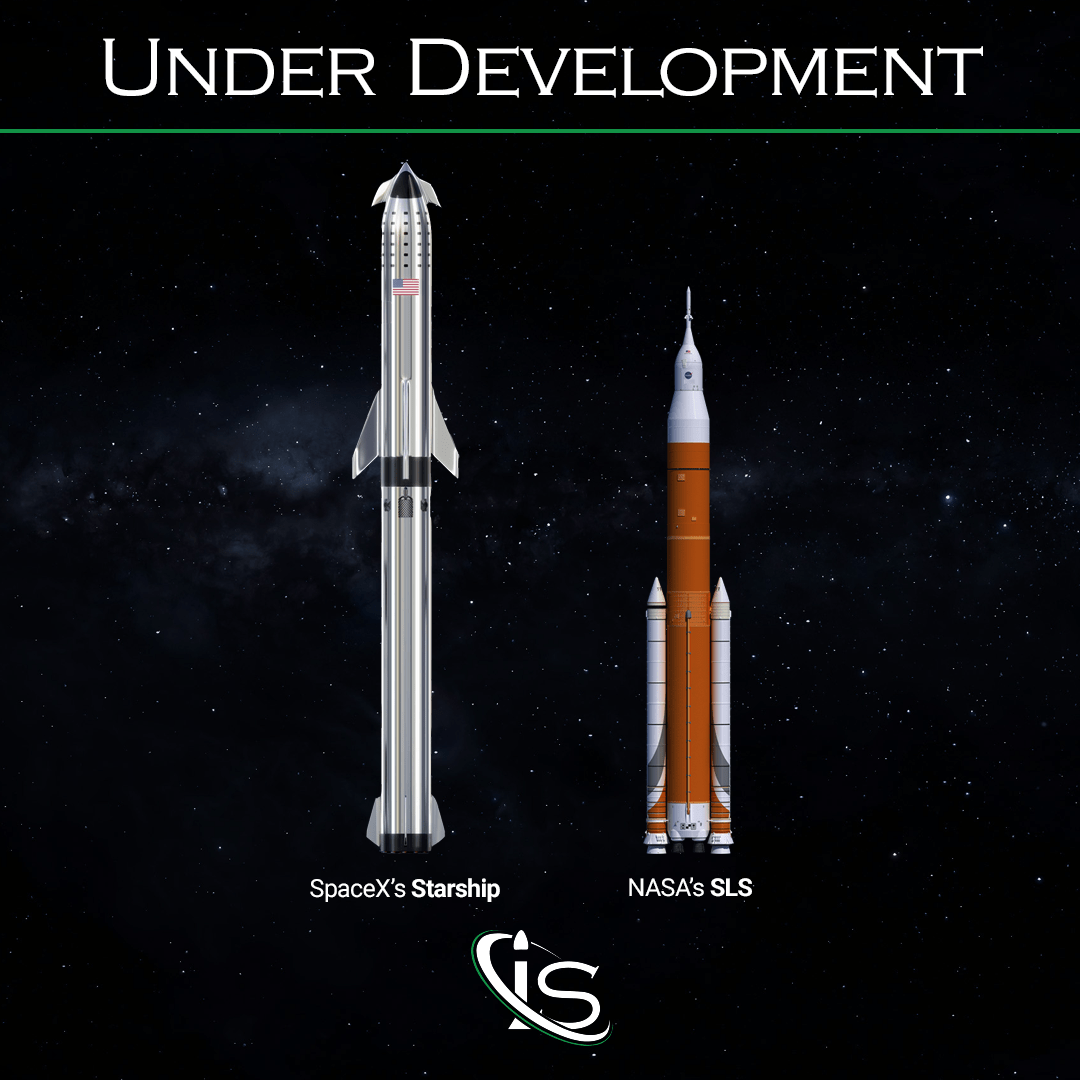Welcome to another capsule treating rockets and how they work. However, unlike our previous ones, this capsule will be focusing on theoretical ideas more than realized ones. That is because the topic — as you can see from the title — is nuclear propulsion. And with the technology behind this still being very much a work in progress, it is only natural that the concepts being proposed have not been fully realized yet. So, without further ado, let’s dive into this capsule.
Different Types of Fusion
There have been many different types of proposed nuclear propulsion engines for spacecrafts. These include nuclear pulse propulsion, nuclear thermal rocket, ramjet, direct nuclear, and nuclear electric. Nuclear pulse propulsion and nuclear thermal rocket projects, in particular, make up the vast majority of nuclear propulsion ideas. So, let’s look at some of the concepts put forth throughout the years, starting with the very first one, Project Orion
Project Orion
Spearheaded by the US Air Force, DARPA (Defense Advanced Research Projects Agency), and NASA, this project fell under the nuclear pulse propulsion category. Tracing its origins back to the 1950s and 1960s, it is clear that Orion was greatly influenced by its time. The idea behind it was to use a series of small atomic explosions to propel the craft. In other words, take what was used for atomic bombs and change the scale and application for it.
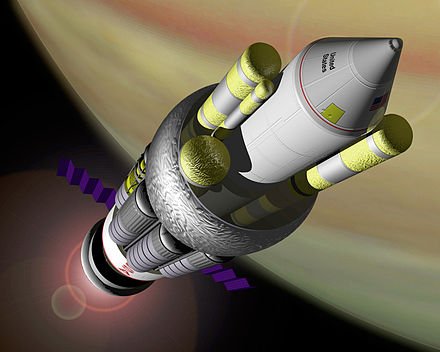
The design for it was being made at General Atomics in San Diego. The project got as far as non-nuclear tests being conducted on models. However, it was eventually scrapped due to a multitude of reasons, one being the Partial Test Ban Treaty of 1963. This prohibited any nuclear explosion in space, in fear the potential fallout caused by it.
NERVA
The next project we will be taking a look at is NERVA, the first to fall under the nuclear thermal rocket category. It originally started with the aim of providing nuclear power to the upper stage of the US Air Force’s intercontinental ballistic missiles. However, after NASA was instituted in 1958, the project was changed to making a nuclear-powered upper stage for Saturn V.
After that, NERVA continued making progress with reactors being tested at very low power at the Nevada Test Site in Jackass Flats. Not only that, but in 1968, the SNPO (Space Nuclear Propulsion Office) deemed that it had met the requirements for a human mission to Mars. However, the project would eventually be cancelled by President Nixon in 1973. So, even with everything being in place, NERVA never took to the skies.
Project Deadalus
Let’s now tackle the first program not connected to NASA. Project Daedalus was a study conducted by the British Interplanetary Society, taking place between 1973 and 1978. The goal was making an uncrewed interstellar probe using nuclear pulse propulsion. A proposed target for the project was Barnard’s Start, located 5.9 light years from Earth. This would have been achieved with a fusion engine with the trip coming in at a total of 50 years. However, the design also needed to be flexible enough to reach other stars.
To achieve this Daedalus was going to be a two-stage spacecraft with some very ambitious target velocities. How ambitious? The first stage would have operated for two years and taken the rocket to a staggering 7.1% the speed of light. After that the second stage would have taken over, firing for 1.8 years and reaching 12% the speed of light. To reach these speeds, Daedalus would use a fusion rocket utilizing pellets consisting of a mix and Deuterium and Helium-3. Unfortunately, Daedalus was never produced, with the project remaining purely theoretical. Still, the numbers behind it are a good showcase of the type of power people hope to achieve with nuclear propulsion.
Project Prometheus
Let’s shift gears a little and talk about a more modern project. Started in 2003, NASA’s Project Prometheus aimed to use nuclear electric rockets for long-duration space missions. The concept was using nuclear reactors to generate electricity. This would then be used by ion engines to propel the rocket through space.
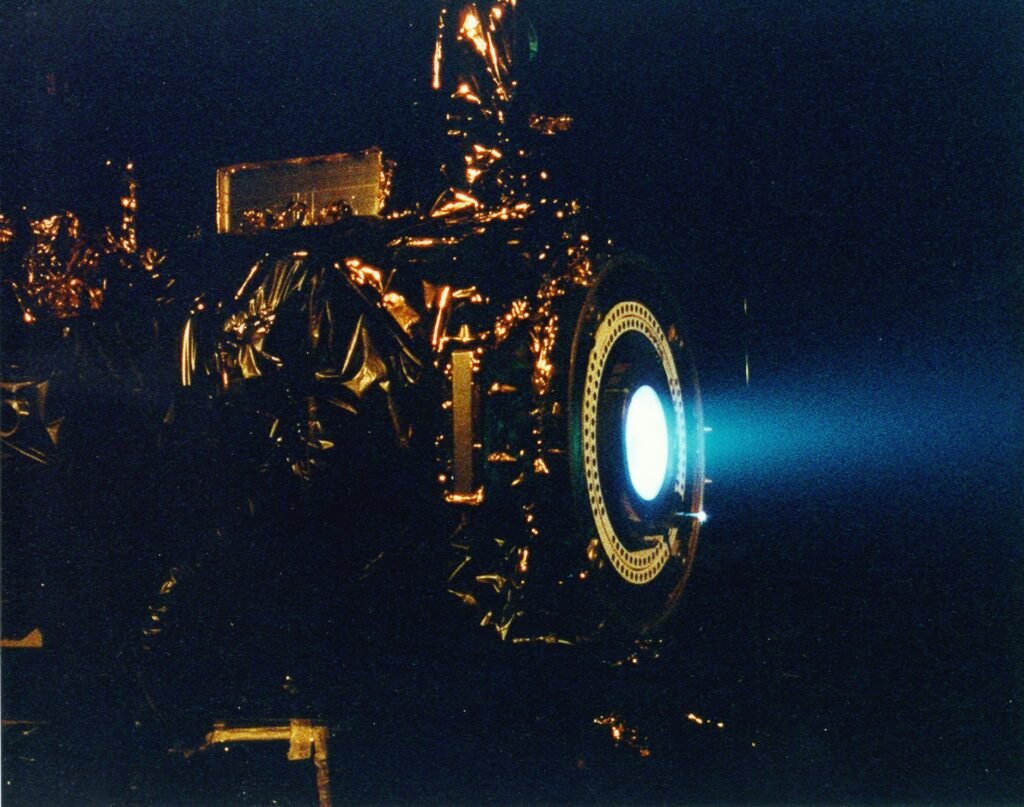
The main reason behind pursuing this type of propulsion was that spacecrafts far away from the Sun could not effectively use solar power to continue propelling themselves. In order to counteract this, a fuel source that could sustain a long mission was needed. And given how much “standard” propellant is required for shorter missions, the amount necessary for longer ones was a prohibitive factor.
The first mission for Project Prometheus was supposed to be the Jupiter Icy Moons Orbiter. However, the costs needed for the research and application of it proved to be too high, eventually leading to the program being scrapped altogether in 2006.
NASA/DARPA Project for Future Mars Missions
The last example we are going to take a look at today is the join project between NASA and DARPA. This aims to use nuclear thermal propulsion to facilitate crewed missions to Mars. The reasoning behind this is different but also somewhat similar to the one for Project Prometheus. While that had the goal of powering long, far-traveling missions, this one is focused on using nuclear thermal engines to get to Mars in less time.
If successful, this would make manned missions to the planet much easier to accomplish. A smaller amount of time traveling means less supplies needed. Not only that, it would also make the mission pose less of a risk to the astronauts undertaking it. Finally, nuclear propulsion would allow for increased science payload capacity and more power for the instrumentation and communication on board.
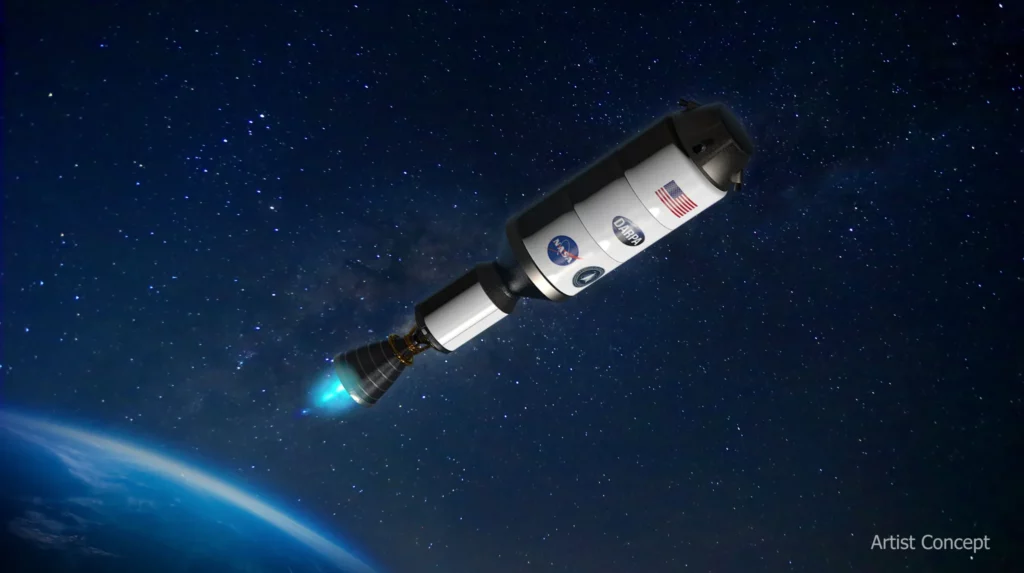
The project will integrate the engines developed by NASA’s Space Technology Mission Directorate (STMD) with DARPA’s spacecraft. For now, all we can do is wait to see how this latest foray into nuclear propulsion unfolds.
And that will do it for us today. There are many other examples of nuclear propulsion projects out there, but it would take far too long to go through them all. Do look up more of them, if you are interested. And while nuclear propulsion is still at a theoretical stage, the greater efficiency and range it could provide definitely make it an interesting potential solution. With that, I hope you enjoyed learning more about this. And I hope to see you all for the next capsule, right here, at impulso.space.



